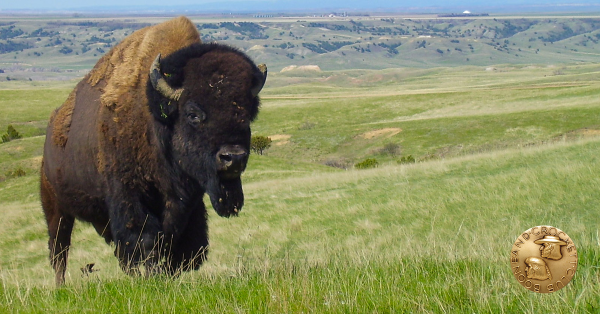The Duck Stamp Turns 80
Eighty years ago – Aug. 22, 1934 – the first duck stamp was sold. Since then, thanks mostly to hunters, the stamps have generated more than $800 million and helped secure over 6 million acres of wetland habitat in the U.S.
The Boone and Crockett Club marks that day as a major milestone in the North American conservation movement, and says the 80th anniversary is worth remembering.
 “Duck stamps were one of the key funding mechanisms that brought many waterfowl species from vanishing to flourishing. Other bird, mammal, reptile and amphibian species benefitted, too,” said the Club’s Keith Balfourd. “This should be a point of pride for all hunters. It certainly is for Boone and Crockett, whose members played an important part in the history of North American waterfowl, including the duck stamp.”
“Duck stamps were one of the key funding mechanisms that brought many waterfowl species from vanishing to flourishing. Other bird, mammal, reptile and amphibian species benefitted, too,” said the Club’s Keith Balfourd. “This should be a point of pride for all hunters. It certainly is for Boone and Crockett, whose members played an important part in the history of North American waterfowl, including the duck stamp.”
Historical facts:
- Waterfowl are abundant today. But in 1901, few remained from an era of unregulated market hunting, diversions of water and draining of wetlands for agricultural purposes. Known mostly for its advocacy of big-game conservation, the Boone and Crockett Club and its members went to work.
- Club member and Pennsylvania Congressman George Shiras in 1904 began a long crusade to place migratory birds under federal jurisdiction.
- In 1918, President Taft signed the McLean-Weeks Migratory Bird Act urged by Club members George Bird Grinnell, William T. Hornaday, Madison Grant and others.
- The Dust Bowl years of the 1920s were a major setback for waterfowl. The Boone and Crockett Club campaigned for refuges to help populations recover.
- In 1927, Boone and Crockett members launched American Wild Fowlers, an organization that would later become Ducks Unlimited.
- With partnership from this new organization committed to waterfowl, the Club engineered passage of the Migratory Bird Conservation Act of 1929, establishing the federal refuge system.
- Major funding for waterfowl came in 1934 with the Migratory Bird Hunting Stamp Act. Club member and Connecticut Senator Frederic C. Walcott had established a senate committee on wildlife conservation and successfully pushed the “Duck Stamp Bill” through Congress.
- That same year, the first duck stamp, illustrated by Club member and Nobel Prize winning political cartoonist Jay N. “Ding” Darling was sold on Aug. 22, 1934. The first stamps sold for $1 and 635,000 stamps were sold that year.
- Within five years, annual sales surpassed the $1 million level (equivalent to about $17 million in today’s dollars) and the conservation benefits have grown ever since.
|
About the Boone and Crockett Club North America’s first hunting and conservation organization, the Boone and Crockett Club was founded by Theodore Roosevelt in 1887. Its mission is to provide the leadership, stewardship and education needed to promote the conservation and management of wildlife, especially big game and its habitat, to preserve and encourage hunting and to maintain the highest ethical standards of fair chase and sportsmanship. Join us at www.boone-crockett.org. |








